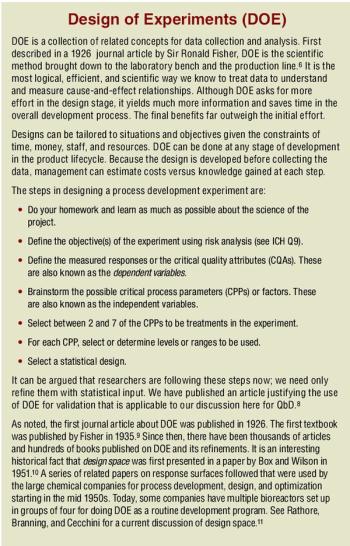
Without a rigorous discussion of the pros and cons of QbD, its tremendous benefits will be lost.

Without a rigorous discussion of the pros and cons of QbD, its tremendous benefits will be lost.

Authorities are pushing for CE; manufacturers prefer to focus on value.

The FDA is poised to gain more authority and resources to ensure product quality.
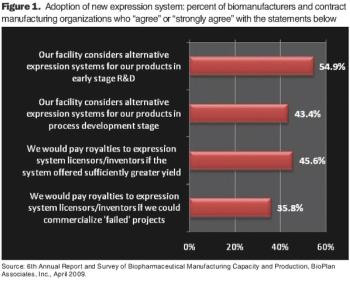
With all of the new expressions systems being developed, companies must decide what improved production and yield are really worth.

Can increase in ionic strength result in higher viscosity?

The 45 comments submitted raised concerns about legacy products and ongoing process monitoring.
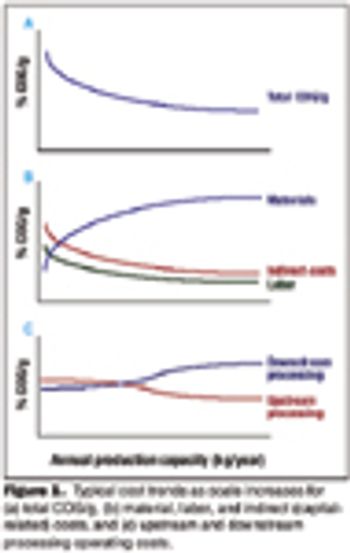
The future of therapeutic MAbs lies in the development of economically feasible downstream processes.

Altering the order of operations, using new resins, and increasing dynamic binding capacity can obviate the need for major facilty changes.
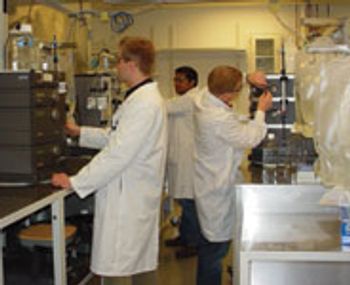
A purification scheme to maximize the efficiency of the purification process and product purity while minimizing the development time for early-phase therapeutic antibodies.
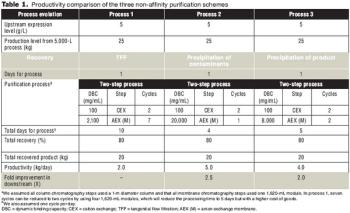
In three non-affinity purification processes based on cation exchange capture with high binding capacity, applying a host cell protein exclusion strategy enabled robust scale up and better economics.
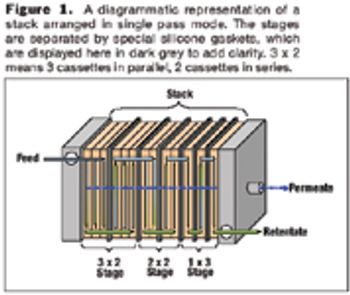
New techniques can greatly improve the MAb purification process.
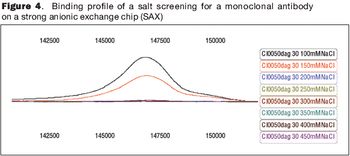
The future of therapeutic MAbs lies in the development of economically feasible downstream processes.

Robust packing procedures can improve process performance and increase resin lifetime.

A close-up look at Pfizer's biotherapeutics plant in Shanbally, Ireland.
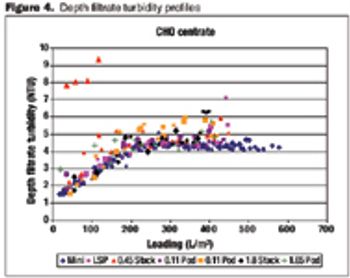
Data on the performance and variability of different formats.

What will it take for the industry to embrace new hosts?

Broader transparency in product prices and payments to researchers aim to curb conflicts of interest and rationalize drug expenditures.

QbD for QA? Try a two-step approach

With cuts in healthcare, biotech drugs are under scrutiny.
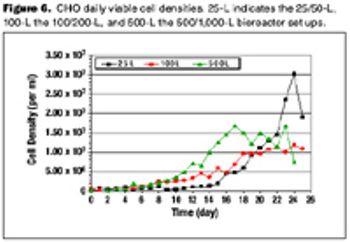
Are disposable bioreactors effective for cell culture?
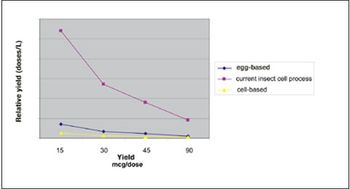
With virus-based production, vaccines can be available in 10-12 weeks.
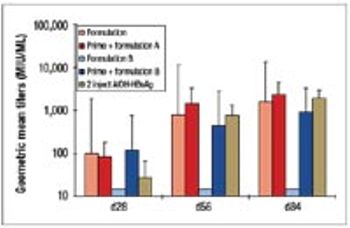
The disadvantages of the traditional vaccine regime (prime plus boost) have spurred the development of single-shot vaccines. This article describes the development and manufacture of a prototype single-shot vaccine that uses microspheres made from cross-linked modified dextran polymers for controlled release of the antigen.
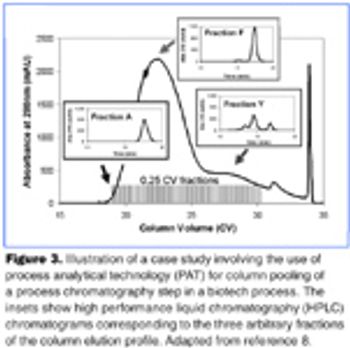
Understanding the relationship between the process and CQAs.

FDA aims to regain public confidence in 2009.

QbD can help satisfy FDA and EMEA requirements.